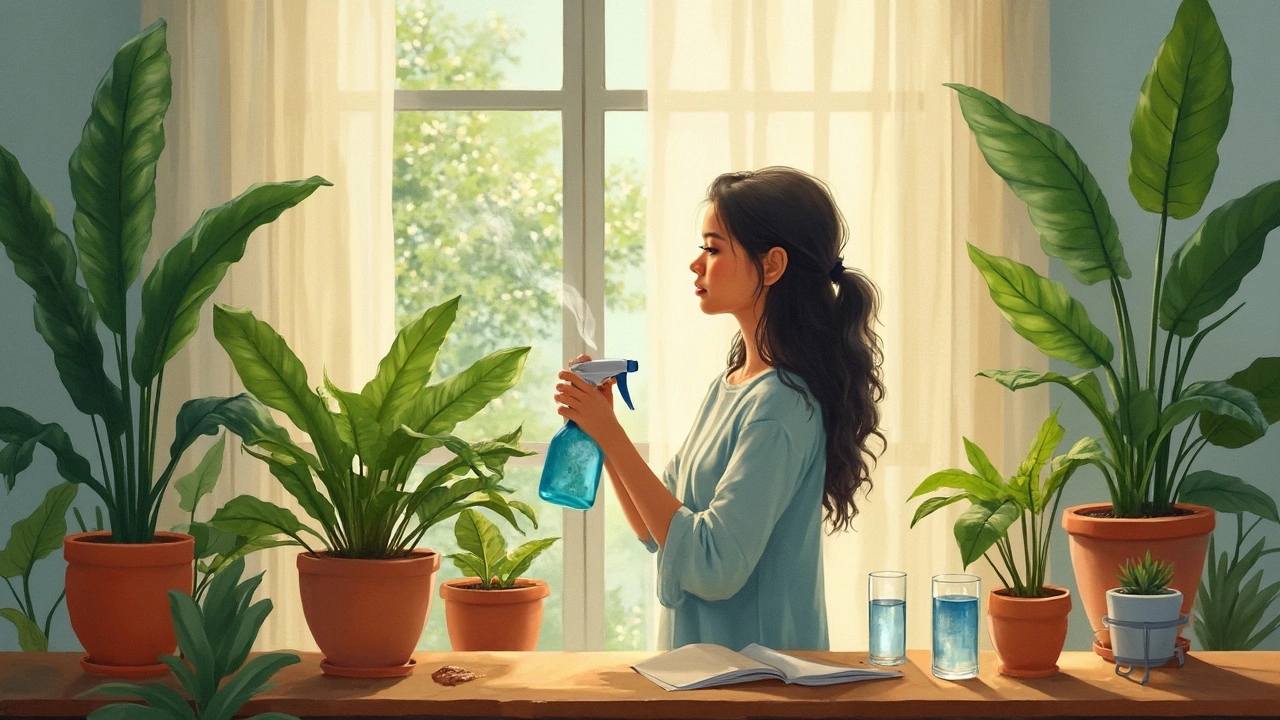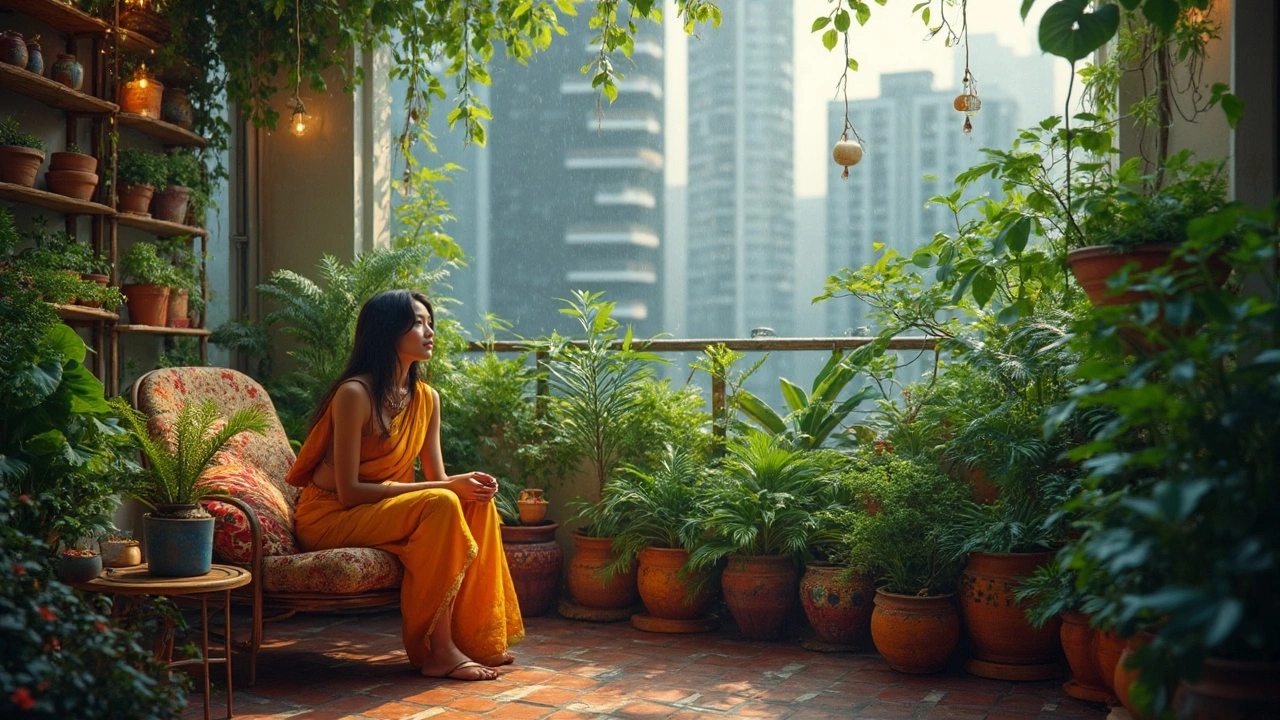Indoor Plant Care
When working with indoor plant care, the practice of keeping houseplants healthy inside homes and offices. Also known as houseplant maintenance, it blends science and habit to create a green indoor space.
Key Factors for Thriving Houseplants
One of the most common mistakes is over‑watering. Proper watering, the process of giving plants the right amount of moisture at the right time keeps roots from rotting and ensures nutrients move where they’re needed. A quick finger test—press the top inch of soil, if it feels dry, water; if it’s still damp, hold off. Using a water‑filled saucer can also humidify the air, which many tropical indoor species love. Remember, indoor plant care isn’t about soaking every pot daily; it’s about matching water to the plant’s species, pot size, and indoor climate.
Light is the second pillar. lighting, the exposure to natural or artificial light that fuels photosynthesis varies from bright, direct sun for succulents to filtered shade for ferns. Position a cactus near a south‑facing window, but keep a peace lily a few feet back from direct glare. If windows are limited, a full‑spectrum LED grow light can replace missing sunshine. The right light level influences leaf color, growth rate, and overall vigor—so always match the plant’s light preference with its placement.
Soil matters just as much as water and light. A good soil mix, a blend of peat, perlite, and compost tailored for indoor conditions provides drainage while holding enough moisture for roots. Cheap garden soil often stays too dense, leading to root suffocation. For most houseplants, a 1:1:1 ratio of peat, perlite, and coarse sand works well. Orchid lovers need bark chunks, while cacti thrive in gritty mixes with extra sand. Regularly repot every 1‑2 years to refresh nutrients and avoid compacted roots.
Even with perfect water, light, and soil, pests can sabotage your efforts. pest control, the methods used to keep insects and diseases at bay for indoor plants includes cleaning leaves, using neem oil, or introducing beneficial insects like ladybugs. Spider mites love dry air, so a misting routine or a humidifier helps. Always inspect new plants for signs of aphids or scale before bringing them home. Early detection lets you treat issues before they spread, keeping your indoor garden healthy and attractive.
All these elements—watering, lighting, soil, and pest management—interact to shape the success of indoor plant care. Below you’ll find a curated set of articles that dig deeper into each topic, offering step‑by‑step guides, troubleshooting tips, and expert advice to make your indoor garden flourish.
Can I Mist Plants with Tap Water? What Every Indoor Gardener Needs to Know
Misting is a go-to trick for boosting humidity around indoor plants, but is tap water safe to use? This article breaks down what really happens when you spray your plants with tap water, spotlighting what’s in it and how different plants might react. You’ll get straight-up answers plus useful tips on making your misting routine safer and more effective. Ever wondered if you should be worried about tap water stains or leaf damage? Or which plants really benefit from misting? Here’s the real dirt—so you don’t accidentally harm your green buddies.
- manufacturing
- India
- food processing
- garden tips
- rice cultivation
- government schemes
- balcony garden
- urban gardening
- balcony gardening
- profitable business
- business ideas
- plastic manufacturing
- drip irrigation
- plant care
- steel manufacturing
- sustainable gardening
- startup ideas
- steel industry
- flower gardening
- textile manufacturers






